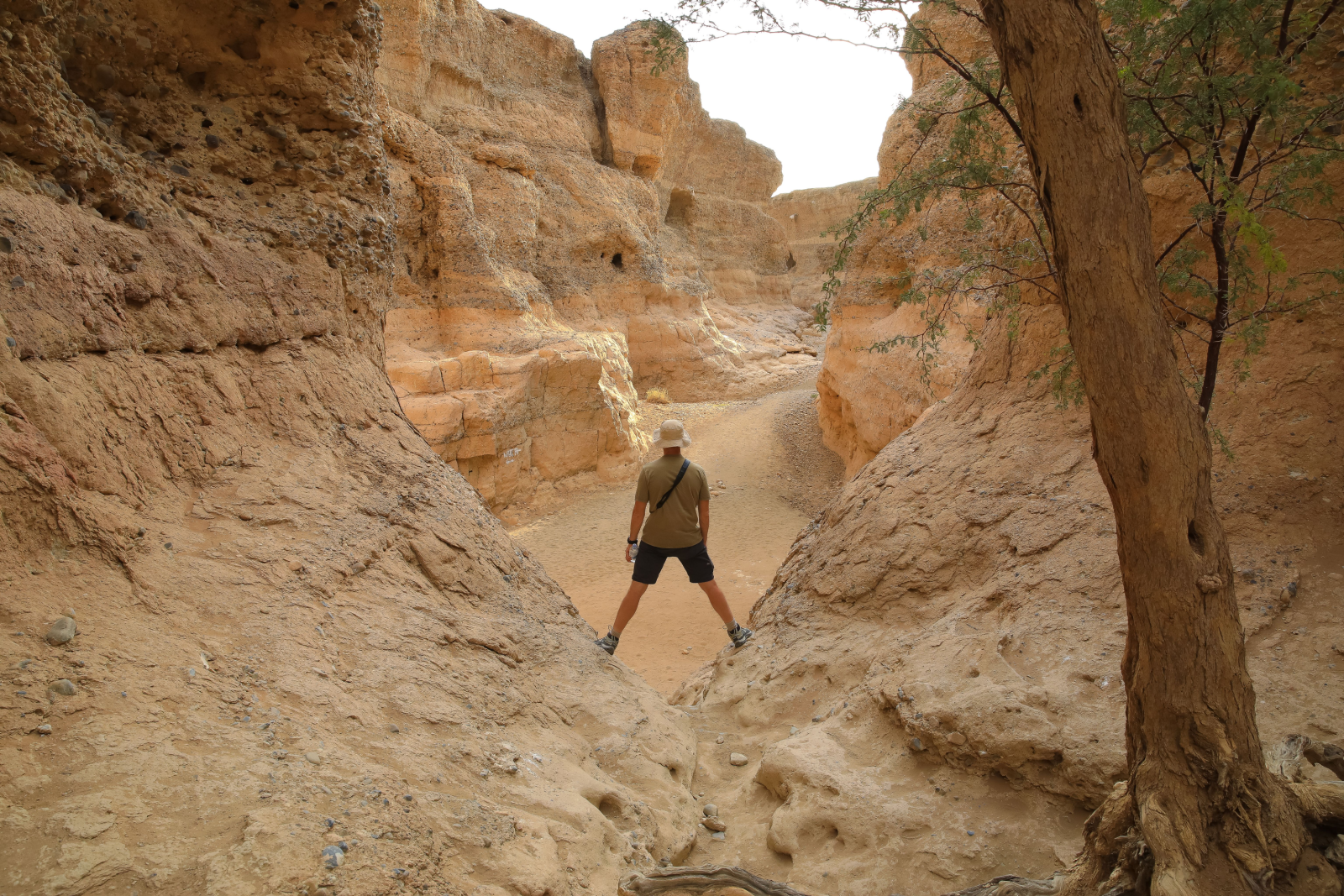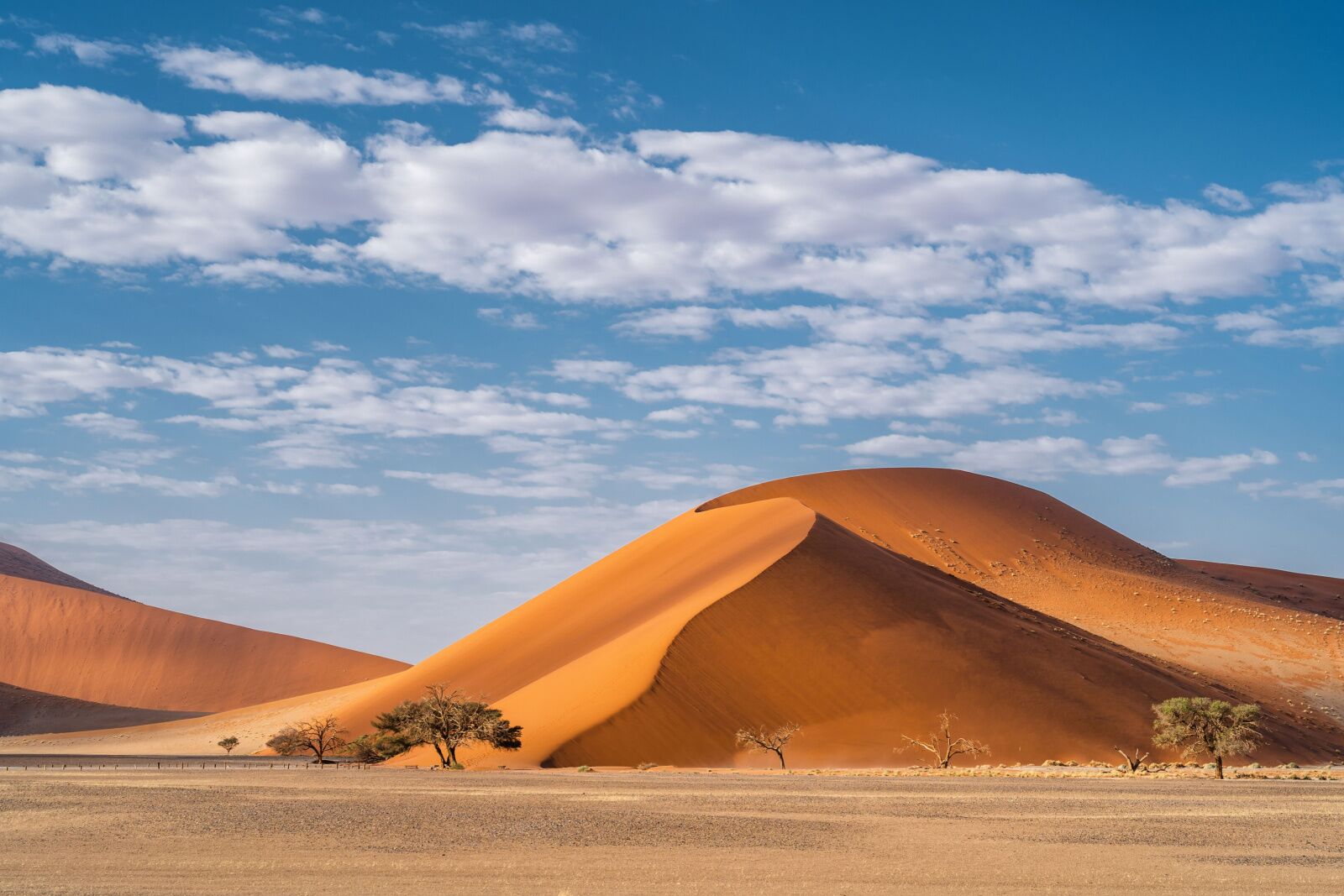Sossusvlei is a salt–and-clay-pan (a section of desert covered in minerals) in the heart of Namibia‘s Namib Desert. It’s considered to be one of the most iconic and beautiful desert landscapes in all of Africa, with giant sand dunes that are some of the tallest in the world. Sossusvlei is also home to some of the oldest living plants on Earth, including over 2,000 year old Welwitschia mirabilis trees.
Visitors can witness the spectacular, bright-red-and-orange desert on foot or via four-wheel drive vehicles. With its unique combination of red sand dunes, dusty salt pans, ancient fossils and soaring mountains, the desert offers a chance to explore one of the most sweeping areas of the planet. And Hollywood agrees — you may recognize it from movies like Mad Max: Fury Road.


